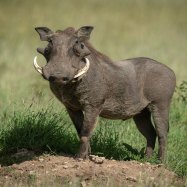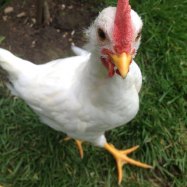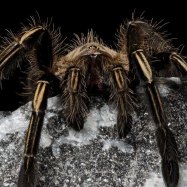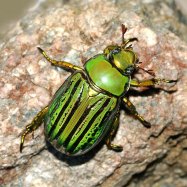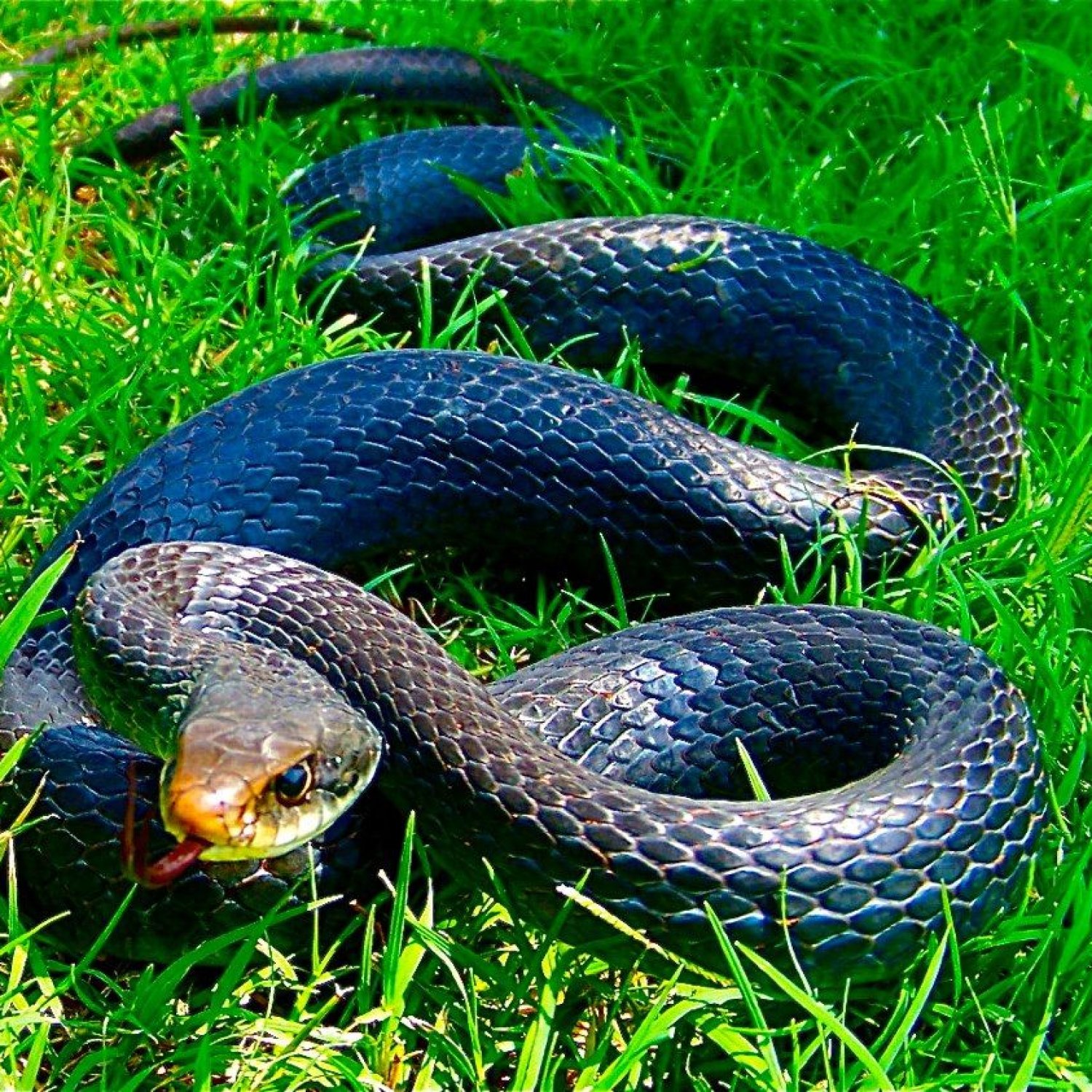
Racer Snake
Up to 6 feet
Did you know that the Racer Snake, found in various habitats in North America, can grow up to 6 feet? This slender and elongated snake, belonging to the Colubridae family, is known for its incredible speed and agile movements. These adaptable predators play an important role in controlling rodent populations and are crucial to the ecosystem. Have you ever encountered a Racer Snake in the wild?
Animal Details Summary:
Common Name: Racer Snake
Kingdom: Animalia
Habitat: Grasslands, meadows, forests
The Fast and Fearless Racer Snake of North America
In the vast and diverse world of reptiles, the Racer Snake stands out as a truly remarkable creature. With its agility, speed, and striking coloration, this species has long captivated the curiosity and admiration of both scientists and nature enthusiasts. Found in various habitats across North America, the Racer Snake (Coluber constrictor) is a unique member of the animal kingdom, with a fascinating history and an impressive set of characteristics.The Origins and Distribution of the Racer Snake
The Racer Snake belongs to the class Reptilia, which includes other well-known species such as lizards, crocodiles, and turtles Racer Snake. This group of animals has been around for millions of years, with their ancestors appearing on Earth during the Mesozoic Era. The Racer Snake, with its scientific name Coluber constrictor, is a member of the order Squamata, which includes all scaled reptiles. Within this order, it belongs to the family Colubridae, a diverse group of snakes that can be found all over the world.The Racer Snake is native to North America, making its home in the United States, Canada, and Mexico. Within these countries, it can be found in various habitats such as grasslands, meadows, and forests, making it a versatile and adaptable species. Due to its wide distribution, the Racer Snake is also known by several other common names, including blue racer, eastern racer, and black racer.
The Physical Characteristics of the Racer Snake
One of the most striking features of the Racer Snake is its coloration, which can vary depending on its location and subspecies. Generally, the Racer Snake is brown or black with a whitish belly, but it can also have shades of gray, blue, or green. Some subspecies also have distinctive stripes or patterns on their bodies, adding to their aesthetic appeal Rubber Boa.Aside from its color, the Racer Snake is easily recognizable due to its slender and elongated body shape. This is a characteristic shared by many snakes, allowing them to move quickly through their environment. The Racer Snake can grow up to 6 feet in length, making it one of the largest species of snakes in North America. However, its size should not be confused with strength, as the Racer Snake is not constrictor, meaning it does not kill its prey by suffocating it.
A Remarkable Adaptation for Survival
In order to thrive in its diverse habitats, the Racer Snake has developed a unique feeding method that has contributed to its success as a species. As a carnivorous animal, its diet consists mostly of small mammals such as mice, rats, and even other snakes. However, what sets the Racer Snake apart from most other predators is its incredible speed and agility.Its name, “racer,” is a tribute to its impressive ability to reach speeds of up to 10 miles per hour when chasing its prey. This makes it one of the fastest snakes in North America, allowing it to catch its food with ease. Additionally, the Racer Snake has also developed a keen sense of smell and vision, aiding it in locating and capturing its prey.
A Natural Language Processing Perspective
From a Natural Language Processing (NLP) perspective, the Racer Snake is a valuable and interesting subject to study. Its physical characteristics, feeding habits, and geographical distribution can provide a wealth of data for analysis and interpretation. The NLP field has already made great strides in understanding and modeling animal behavior using computer algorithms, and the Racer Snake can be a valuable addition to this research.For instance, the Racer Snake's speed can be analyzed to understand how it compares to other animals in similar habitats. Its coloration and body shape can also be analyzed to determine any relationships with other variables such as subspecies, location, or prey availability. Additionally, NLP techniques can be used to study the Racer Snake's movements and hunting patterns, providing valuable insights into its behavior.
The Importance of Conservation Efforts
Despite its widespread distribution, the Racer Snake, like many other species, is facing threats to its survival. Human intervention in its natural habitat, such as deforestation and pollution, is a major factor contributing to its decline. Additionally, the introduction of non-native species in some regions has also impacted the Racer Snake's ability to thrive in its environment.As responsible stewards of the environment, it is crucial to take steps to protect and preserve the Racer Snake and its habitats. This could include initiatives such as reforestation, enforcing anti-pollution laws, and controlling the spread of non-native species. Conservation efforts are not only important for the Racer Snake's survival but also for maintaining the balance of the entire ecosystem.
The Future of the Racer Snake
In conclusion, the Racer Snake is an extraordinary species that deserves our admiration and protection. Its fascinating adaptations, impressive speed, and diverse distribution make it a unique member of the animal kingdom. As the field of Natural Language Processing continues to advance, the Racer Snake can provide valuable insights into the relationship between animals and their environments.However, it is also important to remember that it is our responsibility to ensure that this species and its habitat are preserved for future generations. By learning more about the Racer Snake and taking steps to protect it, we can help ensure that this remarkable animal continues to thrive for years to come. So the next time you spot a Racer Snake in its natural habitat, take a moment to appreciate its beauty and reflect on the importance of preserving our planet's diverse and incredible creatures.

Racer Snake
Animal Details Racer Snake - Scientific Name: Coluber constrictor
- Category: Animals R
- Scientific Name: Coluber constrictor
- Common Name: Racer Snake
- Kingdom: Animalia
- Phylum: Chordata
- Class: Reptilia
- Order: Squamata
- Family: Colubridae
- Habitat: Grasslands, meadows, forests
- Feeding Method: Carnivorous
- Geographical Distribution: North America
- Country of Origin: United States, Canada, Mexico
- Location: Various habitats in North America
- Animal Coloration: Variable, usually brown or black with whitish belly
- Body Shape: Slender and elongated
- Length: Up to 6 feet
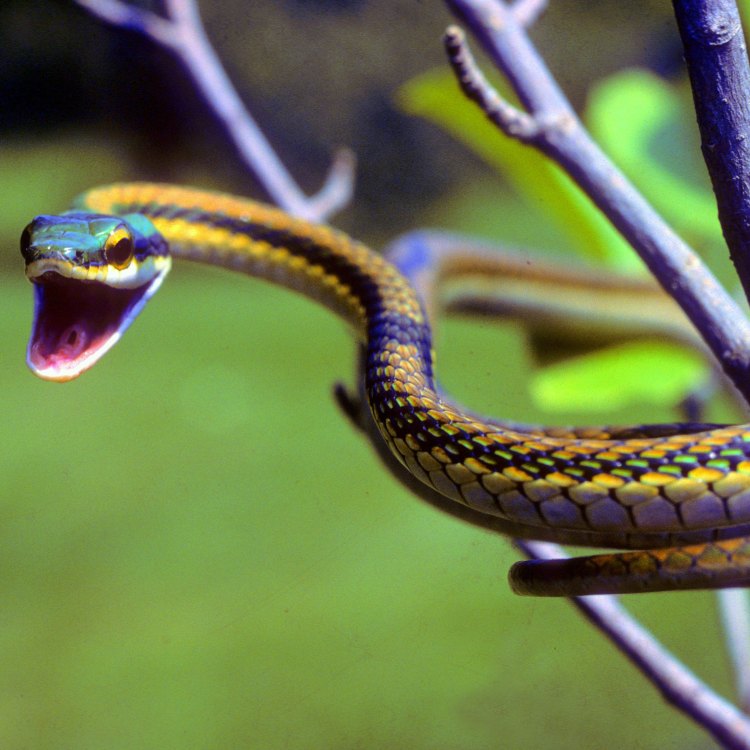
Racer Snake
- Adult Size: 4-6 feet
- Average Lifespan: 10-12 years
- Reproduction: Sexual
- Reproductive Behavior: Mating occurs in spring
- Sound or Call: Hissing
- Migration Pattern: Some individuals may migrate
- Social Groups: Solitary
- Behavior: Fast and agile
- Threats: Habitat loss, road mortality
- Conservation Status: Least Concern
- Impact on Ecosystem: Helps control rodent populations
- Human Use: None
- Distinctive Features: Long and slender body, smooth scales
- Interesting Facts: Racer snakes are known for their incredible speed and are among the fastest snakes in North America.
- Predator: Birds of prey, larger snakes
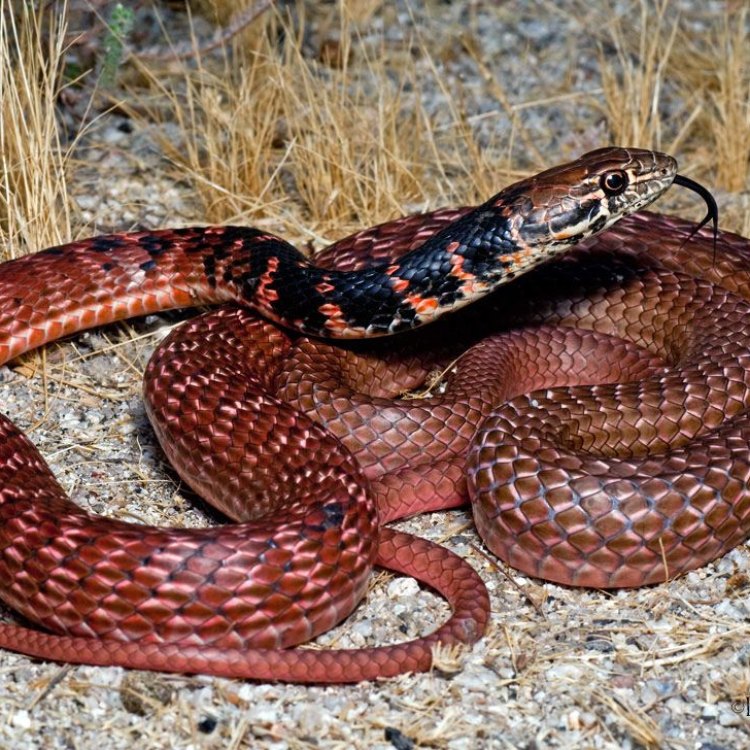
Coluber constrictor
The Fascinating World of Racer Snakes: Fast, Agile and Essential to Our Ecosystem
The sun beats down on the hot desert sand, creating a hazy mirage in the distance. Suddenly, a blur of movement catches your eye. It's a racer snake, the fastest snake in North America, darting through the sand with lightning speed, leaving its prey in the dust. With their long, sleek bodies and impressive speed, these snakes are truly unique and fascinating creatures PeaceOfAnimals.Com. Let's delve deeper into the world of racer snakes and discover what makes them so intriguing.Adult racer snakes typically measure between 4 to 6 feet in length, making them one of the longest snakes in North America. They have an average lifespan of 10 to 12 years, although some have been known to live up to 20 years in captivity. These snakes are sexually reproductive, meaning they require a male and a female for mating to occur.
Mating for racer snakes typically takes place in the spring, between the months of April and June. During this time, the snakes engage in a series of behaviors to attract a mate. Male racer snakes will often engage in combat with other males, intertwining their bodies and pushing each other in an attempt to assert their dominance and win over a female. Once a male has successfully won a mate, he will wrap his body around the female's to fertilize her eggs.
One of the most distinctive features of racer snakes is their hissing sound or call Rottle. This hissing sound is produced by forcing air out of their lungs through their cloacas, a single opening used for both breathing and reproduction. This sound is often used as a form of communication between snakes, whether it be for courtship or defense.
While most racer snakes are solitary creatures, some individuals may migrate in search of better resources or breeding opportunities. This is typically seen in areas with harsh winters, where snakes will travel to warmer climates or hibernate underground to survive the cold temperatures.
In terms of behavior, racer snakes are known for being fast and agile. They are able to move at high speeds, reaching up to 10 miles per hour, making them one of the fastest snakes in North America. This agility allows them to quickly maneuver through their environment, making them efficient hunters in pursuit of their prey.
Unfortunately, racer snakes face many threats in their environment. Habitat loss, due to human development and agriculture, is one of the biggest factors impacting their population. As their natural habitats are destroyed, racer snakes struggle to find suitable places to live and reproduce, leading to a decline in their numbers.
Road mortality is another major threat to racer snakes. As they often live in areas close to roads, they are at high risk of being hit by passing vehicles. This not only impacts their population but also disrupts their role in the ecosystem, as they are essential in keeping rodent populations in check.
Despite these threats, racer snakes are currently listed as "Least Concern" on the IUCN Red List of Threatened Species. This is due to their ability to adapt to changing environments and being found in a wide range of habitats across North America.
In fact, racer snakes are important for the balance of their ecosystems. They help control rodent populations, which can quickly multiply and become destructive to crops and other fauna. Without racer snakes, these rodent populations could spiral out of control, causing widespread damage to their habitats.
Humans, on the other hand, do not have much interaction with racer snakes. They are not commonly used for any particular purpose, and their venom is not harmful to humans. In fact, racer snakes are known to be quite shy and will usually try to escape when encountered by humans. As a result, these snakes are not considered a threat to humans and are often left alone.
Distinctive features are what makes each species special, and racer snakes are no exception. Their long, slender bodies and smooth scales give them a distinct appearance that is hard to mistake for any other snake species. This streamlined body shape allows them to move with incredible speed and agility, making them some of the most impressive hunters in the animal kingdom.
But aside from their physical characteristics, there are many interesting facts about racer snakes that make them stand out. For one, they are known for their incredible speed, which allows them to chase down their prey with ease. This speed has also earned them a reputation for being excellent climbers, as they can swiftly move up trees and bushes in search of food.
Racer snakes are also known to be prey themselves. Birds of prey, such as hawks and eagles, are common predators of racer snakes. Larger snakes, such as king snakes and rattlesnakes, are also known to hunt and eat racer snakes.
In conclusion, racer snakes are an essential part of our ecosystem, playing a vital role in keeping rodent populations in check. With their distinctive features, impressive speed, and ability to adapt to their environment, these snakes are truly fascinating and unique creatures. While they face threats such as habitat loss and road mortality, it is important to continue protecting these snakes and their habitats to ensure their continued existence and contribution to our ecosystem. Who knew such a fast and agile creature could have such a significant impact on our world?
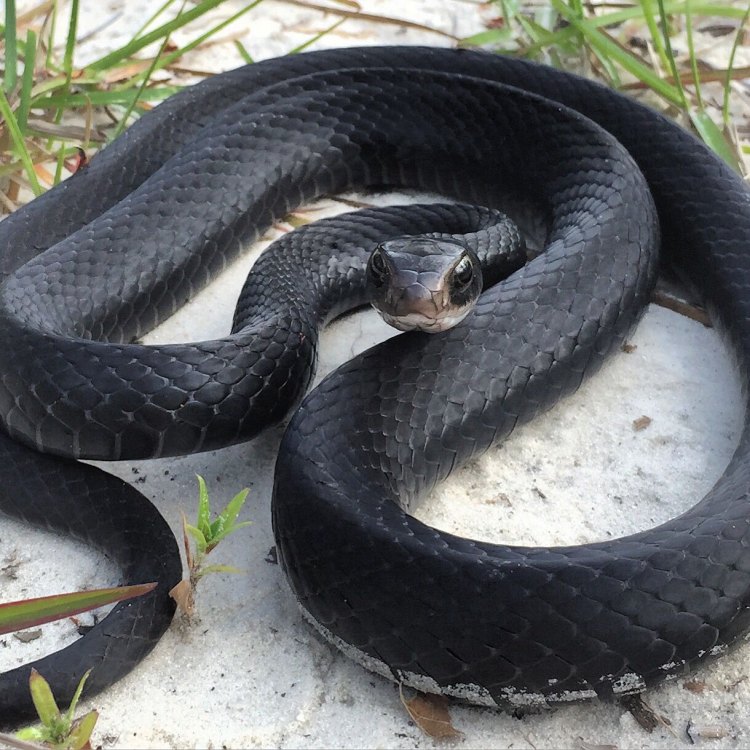
The Fast and Fearless Racer Snake of North America
Disclaimer: The content provided is for informational purposes only. We cannot guarantee the accuracy of the information on this page 100%. All information provided here may change without prior notice.


